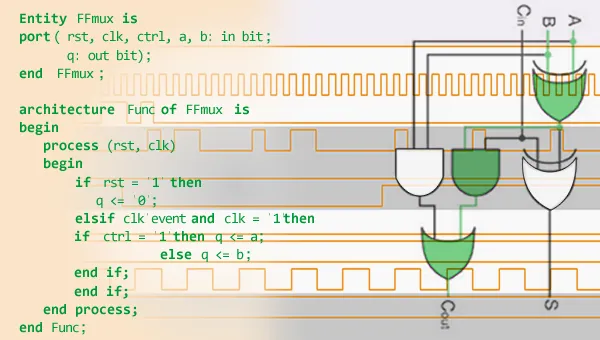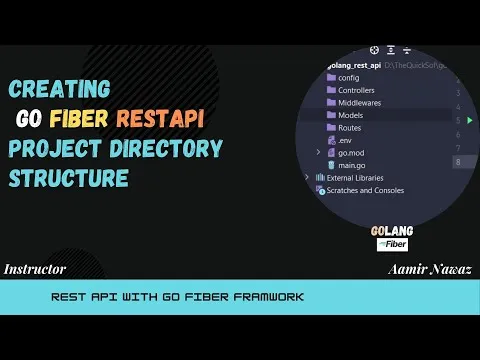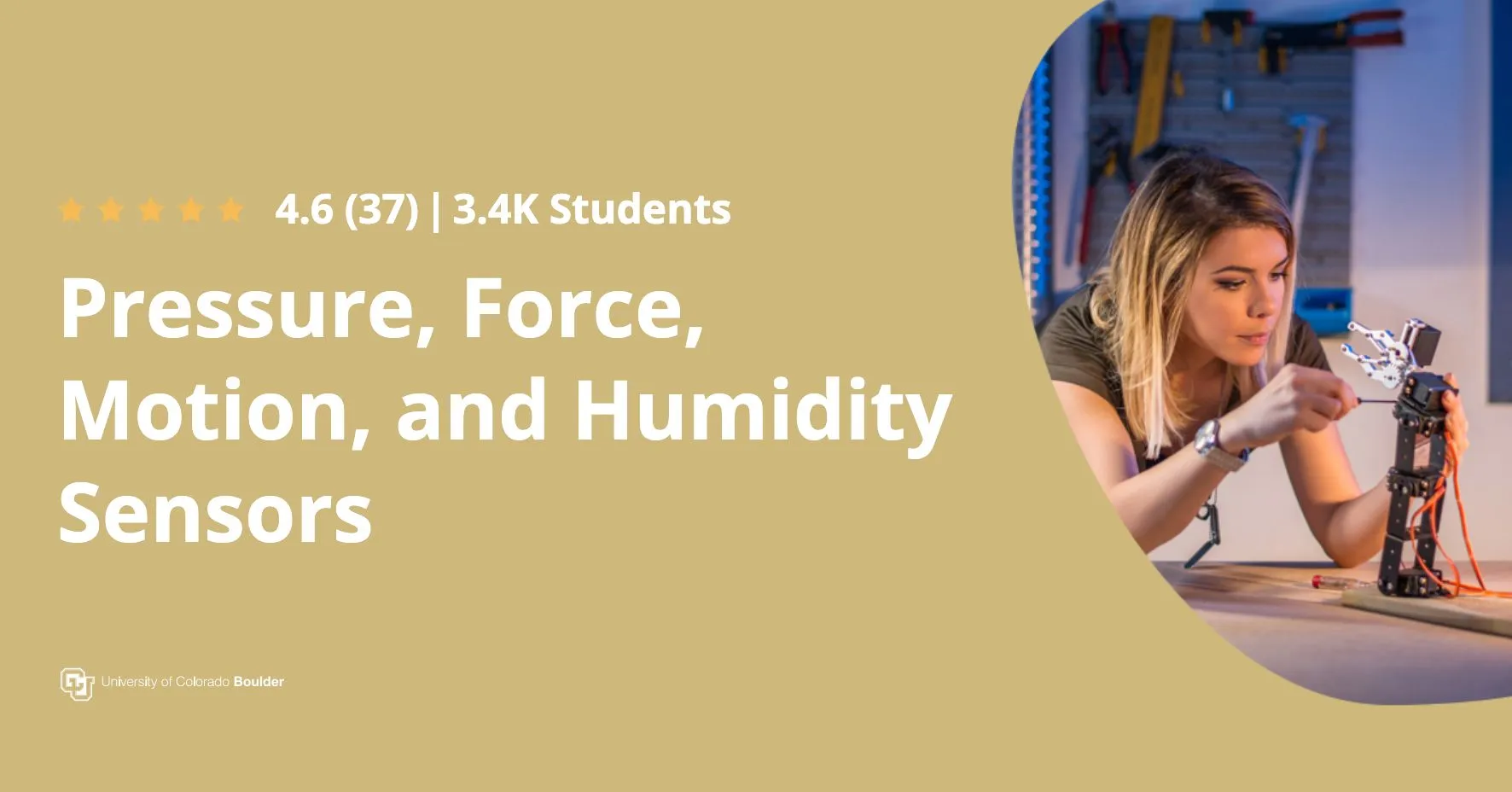
Digital Systems: From Logic Gates to Processors 
This course provides a comprehensive introduction to digital systems design, from logic gates to processors. Learn design methodologies and use computer-aided-design tools to design small and medium size circuits. Explore topics such as application specific integrated circuits (ASICs) design and computer architecture. Gain the skills to design medium complexity digital systems and understand the description of digital systems using high-level languages. ▼
ADVERTISEMENT
Course Feature
![]() Cost:
Cost:
Free
![]() Provider:
Provider:
Coursera
![]() Certificate:
Certificate:
Paid Certification
![]() Language:
Language:
English
Course Overview
❗The content presented here is sourced directly from Coursera platform. For comprehensive course details, including enrollment information, simply click on the 'Go to class' link on our website.
Updated in [June 30th, 2023]
This course, Digital Systems: From Logic Gates to Processors, provides students with a comprehensive overview of modern digital system design. It focuses on the system rather than the electronics that support it, allowing students to gain a better understanding of the design of complex digital systems. Students will learn a set of design methodologies and use computer-aided-design tools to design small and medium size circuits. The course also covers topics such as application specific integrated circuits (ASICs) design and computer architecture. Additionally, the design of a simple processor is used as a transversal example of a complex digital system. Upon completion of the course, students will be able to design medium complexity digital systems, understand the description of digital systems using high-level languages such as VHDL, and understand how computers operate at their most basic level (machine language).
[Applications]
After completing this course, students will be able to apply their knowledge to design medium complexity digital systems, understand the description of digital systems using high-level languages such as VHDL, and understand how computers operate at their most basic level (machine language). Additionally, students will be able to use a set of computer-aided-design tools to design small and medium size circuits, as well as access higher level courses covering topics such as application specific integrated circuits (ASICs) design or computer architecture.
[Career Path]
Answer:One job position path recommended to learners of this course is a Digital Systems Engineer. Digital Systems Engineers are responsible for designing, developing, and testing digital systems, such as computer systems, embedded systems, and digital signal processing systems. They must have a strong understanding of digital logic, computer architecture, and computer programming. They must also be able to troubleshoot and debug digital systems.
The development trend for Digital Systems Engineers is to become more specialized in their field. As technology advances, Digital Systems Engineers must stay up to date with the latest developments in order to remain competitive. They must also be able to work with a variety of different technologies, such as artificial intelligence, machine learning, and cloud computing. Additionally, they must be able to work with a variety of different programming languages, such as C++, Java, and Python.
[Education Path]
The recommended educational path for learners is to pursue a degree in Computer Vision for Engineering and Science. This degree will provide students with the skills and knowledge necessary to develop and implement computer vision algorithms and techniques. Students will learn how to use MATLAB to perform object detection, train image classification models, use features to track objects and align images, detect motion in video, and implement multi-object tracking.
The development trend for this degree is to focus on the application of computer vision in various fields, such as autonomous systems, medical imaging, and robotics. Students will learn how to use computer vision to solve real-world problems and develop innovative solutions. Additionally, students will gain experience in the use of deep learning and machine learning techniques to improve the accuracy and efficiency of computer vision algorithms.
Course Provider

Provider Coursera's Stats at AZClass
Discussion and Reviews
0.0 (Based on 0 reviews)
Explore Similar Online Courses

Flow Control If&Else statement - Lesson 06 Go Full Course CloudNative Go Tutorial Golang

6 - creating project directory structure for our go sales API course

Python for Informatics: Exploring Information

Social Network Analysis

Introduction to Systematic Review and Meta-Analysis

The Analytics Edge

DCO042 - Python For Informatics

Causal Diagrams: Draw Your Assumptions Before Your Conclusions

Whole genome sequencing of bacterial genomes - tools and applications

Pressure Force Motion and Humidity Sensors

Appliance Testing Fundamentals


Start your review of Digital Systems: From Logic Gates to Processors